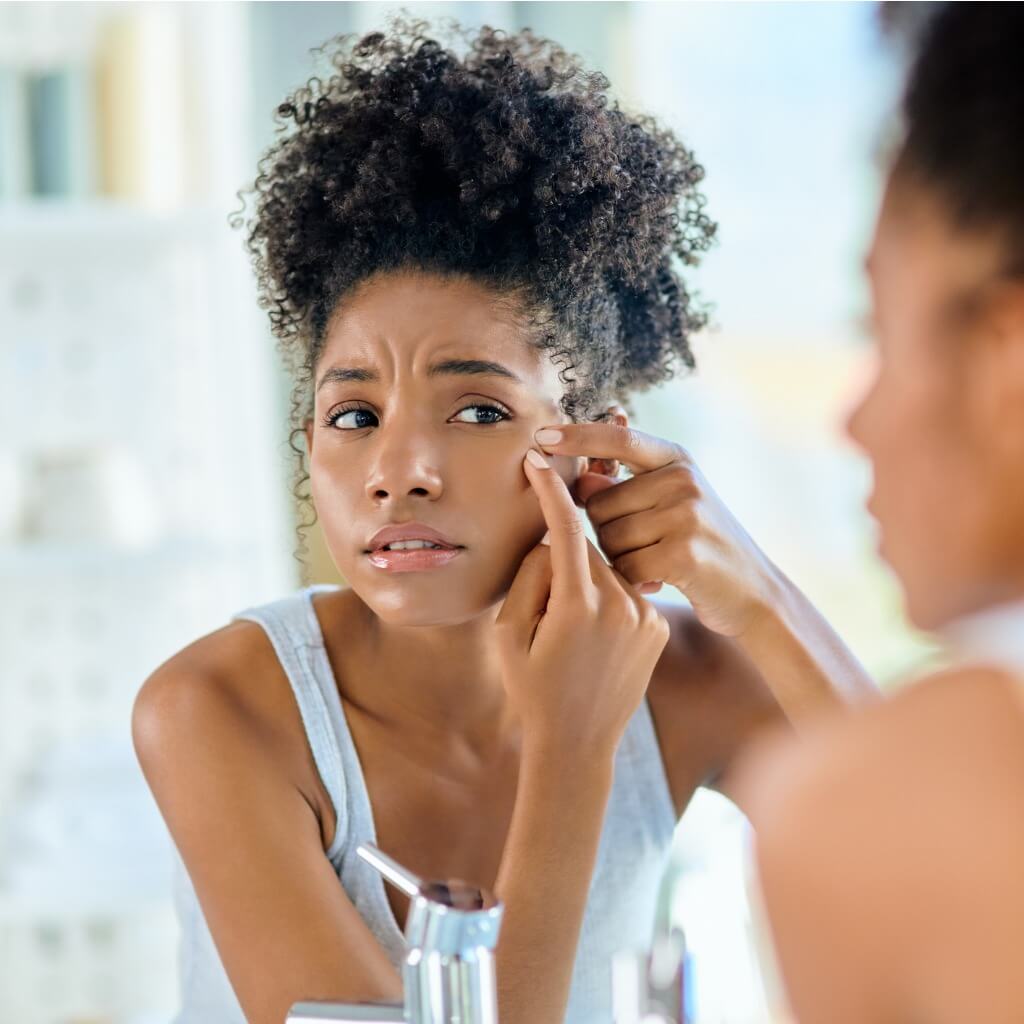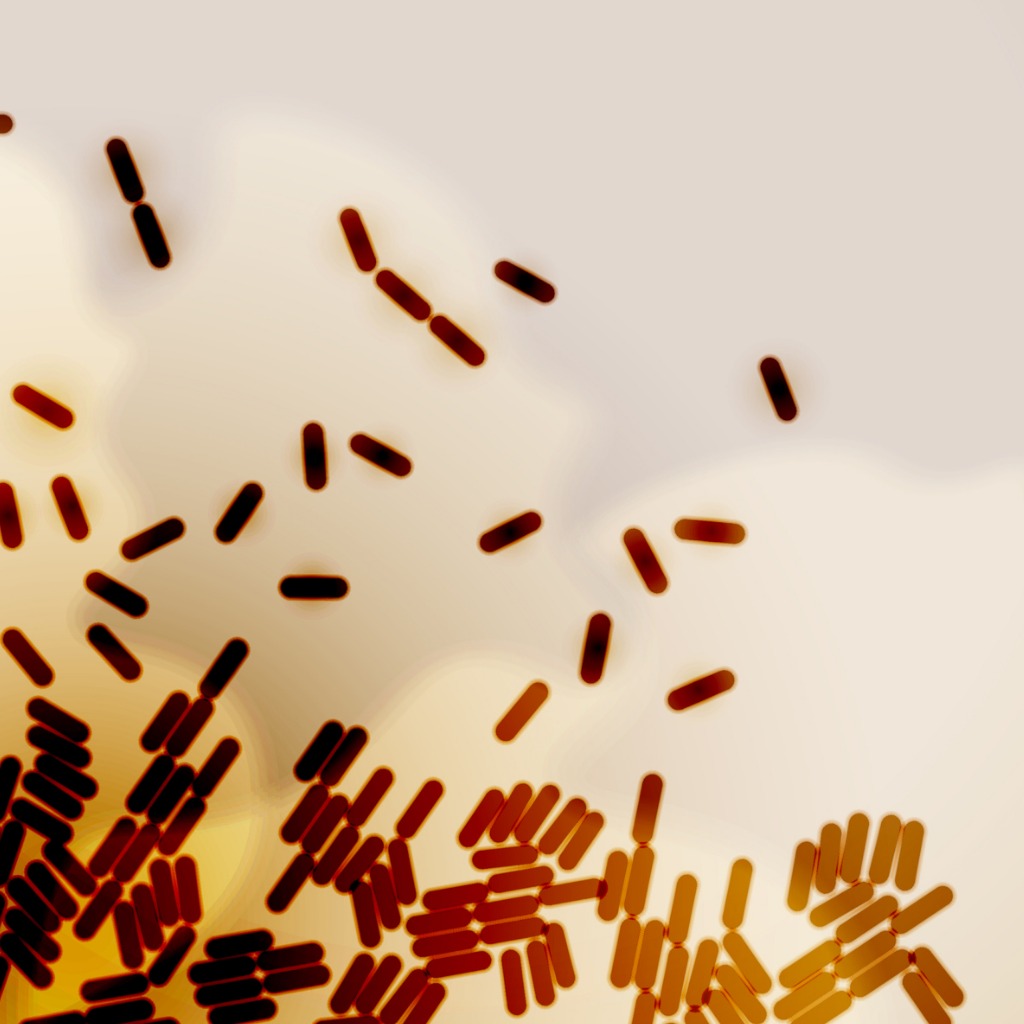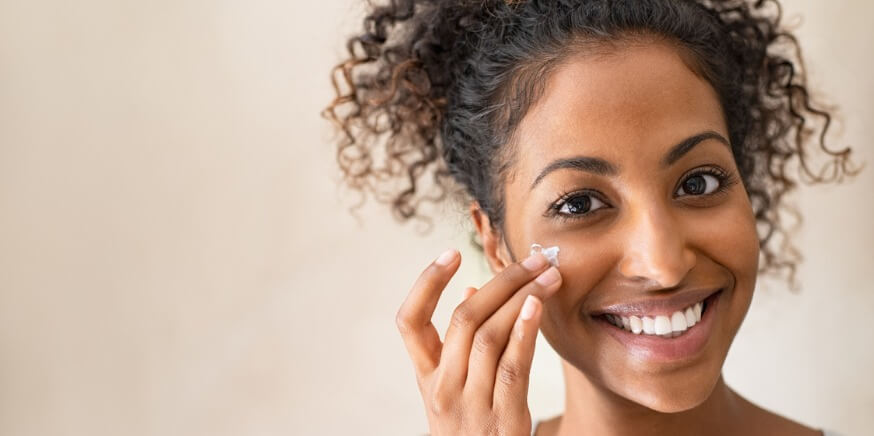Everything You Need To Know About Boils & How To Treat Them
Boils, also referred to as skin abscesses, are skin infections that originate from hair follicles or oil glands. When you sweat, oil builds up and causes the formation of different types of red, painful boils. Bacteria from a boil can spread to other parts of the body, so it’s important to get boils checked and treated by dermatologists to avoid health risks.
The dermatology associates at Gainesville Dermatology & Skin Surgery are well versed in the treatment of mild to severe boils. We strive to provide personalized treatment, keeping in mind your end goals and other skin conditions.
Contact us today to schedule a consultation, discuss boil treatments, and learn more about the wide range of skin conditions we treat.
Schedule An Appointment

What Is A Boil?
A boil is an infection of a hair follicle and the surrounding skin. Boils are very common and range from mild pustules to more severe carbuncles — they often look like oversized pimples. Boils begin as a red lump, then fill with yellow or white pus as white blood cells flood in to fight the bacterial infection. A boil can become quite large and cause patients severe pain depending on its location.
Types Of Boils
Boils range from smaller cystic acne to larger, more painful carbuncles. Depending on the type of boil, a dermatologist will recommend the correct course of treatment. The different types of boils include the following. Contact us to learn more.
- Carbuncle. An abscess in the skin caused by the bacterium Staphylococcus aureus. Since it involves a higher number of hair follicles, it’s larger than a typical furuncle or boil. Carbuncles are a severe type of boil — patients might experience fever or chills alongside the openings in the skin.
- Hidradenitis Suppurativa. A condition in which multiple abscesses form under the armpits and in the groin area. It occurs in these areas because of hair follicle inflammation. This type of boil is challenging to treat with antibiotics alone and typically requires a surgical procedure to remove the hair follicles to stop the inflammation.
- Pilonidal Cyst A unique kind of abscess that occurs in or above the buttocks’ crease. They often begin as tiny areas of inflammation. Over time, however, irritation from direct pressure might enlarge the inflamed area into a firm, tender nodule. This nodule could make it difficult to sit without pain. Pilonidal cysts commonly occur after long trips involving prolonged sitting.
- Cystic Acne. A type of skin abscess that forms when oil and dead skin cells clog a hair follicle, creating an environment where bacteria grow and thrive. It affects deeper skin tissue than regular acne, leading to firm, painful cysts. Cystic acne is most common on the face and shoulders. It typically occurs as a teenager, though it can affect adults as well.
- Eyelid Sty. A tender red bump located at the base of an eyelash or under or inside the eyelid. It results from a localized inflammation of the glands or a hair follicle of the eyelid. A sty is sometimes confused with a chalazion, but the latter is usually painless and caused by obstruction and inflammation of an oil gland, not an infection.
Where Do Boils Form?
Boils form wherever sweat and oil buildup that can lead to infection; the five most common areas for a boil to form include the face, neck, back, shoulder, and buttocks. Hairy, sweaty areas are typical sites, as well as areas of friction, such as the inner thighs. Boils can also develop around the ear or near the nose. The pain often gets worse as pus collects under the skin, then eases as fluids drain.

What Causes Boils?
There are many causes of boils. Some boils indicate a bacterial infection from Staphylococcus aureus, a type of bacteria found on the skin and inside the nose. Others might be caused by an ingrown hair or a splinter/foreign body that’s been lodged in the skin. It’s difficult to pinpoint the exact cause of a boil. The bottom line is that any break in the skin, such as a cut or scrape, can develop into a boil if it becomes infected with bacteria.
Who Gets Boils?
Anyone can develop a boil. Boils aren’t exactly contagious, but the bacteria that is the main cause of boils is easily spread through skin-to-skin contact. These bacteria usually do no harm unless it finds a break in the skin. In addition, the chance of getting a boil can increase due to the following factors.
- Close Contact Someone Infected
- Acne
- Eczema
- Other Breaks In The Skin
- Diabetes
- Weakened Immune System

